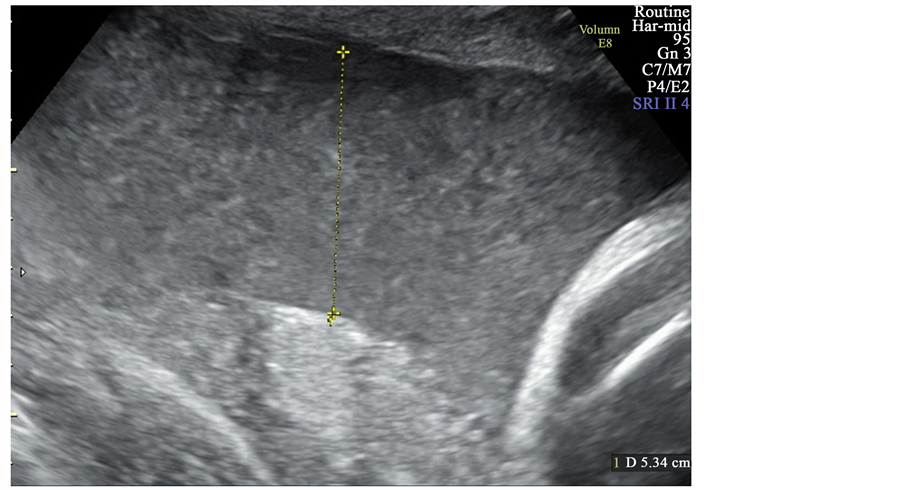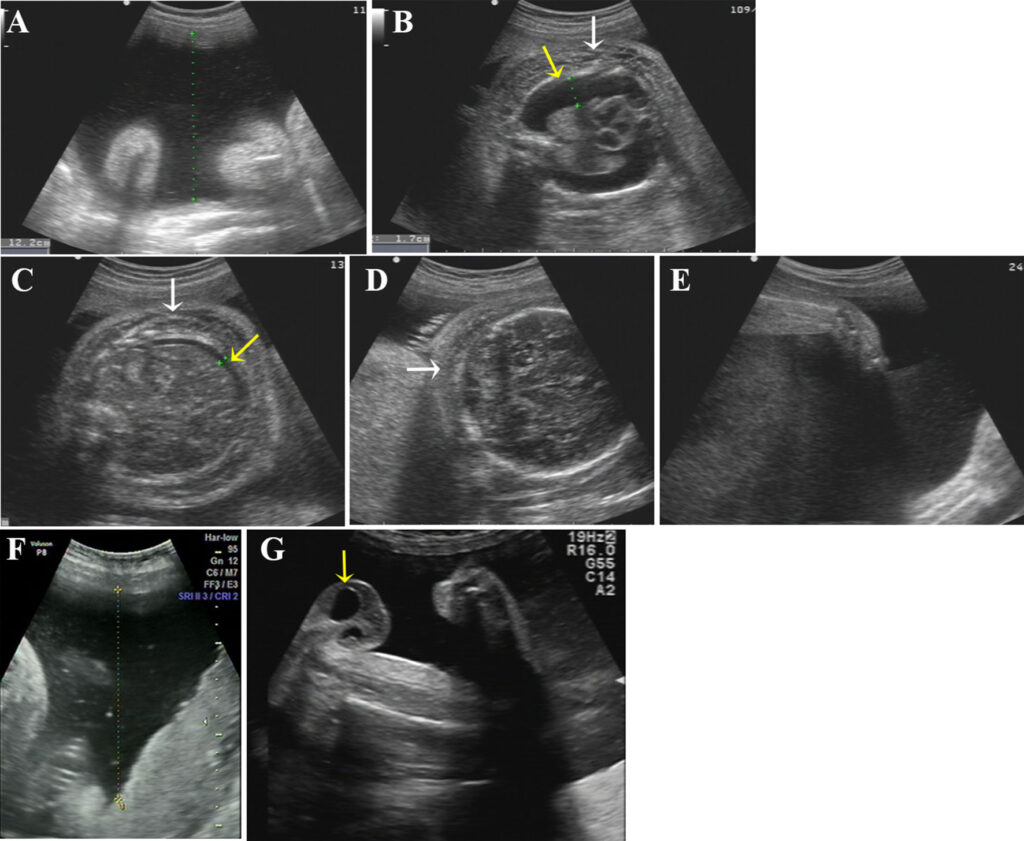Polyhydramnios, commonly referred to as excess amniotic fluid, is a condition that occurs during pregnancy when there is an abnormal increase in the volume of amniotic fluid surrounding the fetus. This condition can lead to complications for both the mother and the baby if not properly managed. Understanding its causes, recognizing its symptoms, and knowing how it is diagnosed and treated are essential for ensuring a healthy pregnancy. In this article, we will explore these aspects in detail.

What Is Excess Amniotic Fluid?
Amniotic fluid is a vital component of pregnancy. It surrounds the fetus in the womb and serves several important functions, including protecting the baby from injury, maintaining a stable temperature, allowing for movement, and aiding in the development of the baby’s lungs and digestive system. Normally, the amount of amniotic fluid increases as the pregnancy progresses, peaking around 34 to 36 weeks. However, when the volume of this fluid becomes excessively high, it is referred to as excess amniotic fluid or polyhydramnios.
The severity of this condition can vary. Mild cases may not cause any noticeable symptoms and often resolve on their own, while severe cases can pose significant risks to both the mother and the unborn child.
Causes of Excess Amniotic Fluid
There are several potential causes of excess amniotic fluid, and in some cases, the exact cause may remain unknown. Below are some common factors that can contribute to this condition:
Maternal Factors
- Diabetes: Women with poorly controlled diabetes, particularly gestational diabetes, are at a higher risk of developing excess amniotic fluid. High blood sugar levels can lead to increased fetal urine production, which contributes to the buildup of fluid.
- Infections: Certain infections during pregnancy, such as toxoplasmosis, rubella, cytomegalovirus, and syphilis, can affect the fetus and lead to an abnormal increase in amniotic fluid.
- Rhesus Incompatibility: When the mother’s blood type is Rh-negative and the baby’s blood type is Rh-positive, it can sometimes result in complications, including excess amniotic fluid.
Fetal Factors
- Congenital Anomalies: Structural abnormalities in the fetus, such as issues with the gastrointestinal tract or central nervous system, can interfere with the normal swallowing and processing of amniotic fluid, leading to its accumulation.
- Twin-to-Twin Transfusion Syndrome: In pregnancies involving identical twins who share a placenta, one twin may receive more blood flow than the other, resulting in an imbalance in amniotic fluid levels.
- Fetal Hydrops: This condition involves the abnormal accumulation of fluid in the fetus, which can also lead to an increase in amniotic fluid.
Idiopathic Causes
In many cases, no specific cause can be identified. These cases are classified as idiopathic, meaning the condition arises spontaneously without a known underlying reason.
Symptoms of Excess Amniotic Fluid
Some women with excess amniotic fluid may not experience any noticeable symptoms, especially in mild cases. However, as the condition progresses, certain signs may become apparent. These include:
- Rapid Weight Gain: Sudden and excessive weight gain during pregnancy can be a sign of increased amniotic fluid.
- Swelling of the Abdomen: The abdomen may appear unusually large or feel tight and uncomfortable.
- Shortness of Breath: Excessive fluid can put pressure on the diaphragm, making it difficult to breathe.
- Discomfort or Pain: Women may experience discomfort or pain due to the stretching of the uterus and surrounding tissues.
- Decreased Fetal Movement: In some cases, the excess fluid may restrict the baby’s ability to move freely.
Diagnosis of Excess Amniotic Fluid
Diagnosing excess amniotic fluid typically involves a combination of physical examinations and diagnostic tests. Healthcare providers use these methods to assess the severity of the condition and determine the underlying cause.
Ultrasound Examination
An ultrasound is the primary tool used to diagnose excess amniotic fluid. During the procedure, the healthcare provider measures the amniotic fluid index or the deepest pocket of fluid in the uterus. If the measurements exceed the normal range, it indicates the presence of excess amniotic fluid.
Maternal Blood Tests
Blood tests may be conducted to check for conditions such as diabetes or infections that could contribute to the development of excess amniotic fluid.
Fetal Assessment
In some cases, additional tests may be performed to evaluate the health of the fetus. These may include detailed ultrasounds to check for structural abnormalities, non-stress tests to monitor the baby’s heart rate, or amniocentesis to analyze the amniotic fluid for genetic or chromosomal abnormalities.
Management of Excess Amniotic Fluid
The management of excess amniotic fluid depends on the severity of the condition, the underlying cause, and the stage of pregnancy. Treatment options aim to reduce the risks to both the mother and the baby while ensuring the pregnancy progresses as safely as possible.
Mild Cases
In mild cases, close monitoring may be the only intervention required. Regular prenatal visits and ultrasounds can help track the levels of amniotic fluid and ensure the condition does not worsen. Women with mild excess amniotic fluid are often advised to rest, avoid strenuous activities, and report any unusual symptoms to their healthcare provider.
Severe Cases
For more severe cases, additional interventions may be necessary. These include:
- Medication: In some cases, medications may be prescribed to reduce fetal urine production, thereby decreasing the volume of amniotic fluid.
- Amnioreduction: This procedure involves removing excess amniotic fluid using a needle inserted through the abdominal wall. It can provide temporary relief and reduce the risk of complications.
- Delivery: If the condition poses significant risks to the mother or the baby, early delivery may be recommended. The timing of delivery will depend on the gestational age of the fetus and its overall health.
Treating Underlying Conditions
If an underlying condition such as diabetes or an infection is contributing to the excess amniotic fluid, treating the root cause can help manage the condition. For example, controlling blood sugar levels in women with diabetes can prevent further accumulation of fluid.
Potential Complications
Excess amniotic fluid can lead to various complications for both the mother and the baby. Some of the most common risks include:
Maternal Complications
- Preterm Labor: The increased pressure on the uterus can trigger early labor.
- Placental Abruption: The placenta may separate from the uterine wall prematurely, leading to bleeding and other complications.
- Postpartum Hemorrhage: After delivery, the overdistended uterus may have difficulty contracting, increasing the risk of excessive bleeding.
Fetal Complications
- Growth Restriction: The fetus may experience restricted growth due to underlying conditions causing the excess fluid.
- Congenital Anomalies: Babies born to mothers with excess amniotic fluid are at a higher risk of having structural or chromosomal abnormalities.
- Stillbirth: In severe cases, the condition can increase the risk of stillbirth, although this is rare with proper medical care.
Lifestyle and Preventive Measures
While excess amniotic fluid cannot always be prevented, certain lifestyle measures can help reduce the risk of developing this condition:
- Regular Prenatal Care: Attending all scheduled prenatal appointments allows healthcare providers to monitor the pregnancy closely and detect any issues early.
- Managing Chronic Conditions: Women with pre-existing conditions such as diabetes should work closely with their healthcare provider to keep their condition under control.
- Avoiding Infections: Practicing good hygiene and avoiding exposure to infections can help protect both the mother and the baby.
- Healthy Diet and Exercise: Maintaining a balanced diet and engaging in moderate exercise can support a healthy pregnancy.
By staying informed and proactive, expectant mothers can minimize the risks associated with excess amniotic fluid and ensure the best possible outcomes for themselves and their babies.





